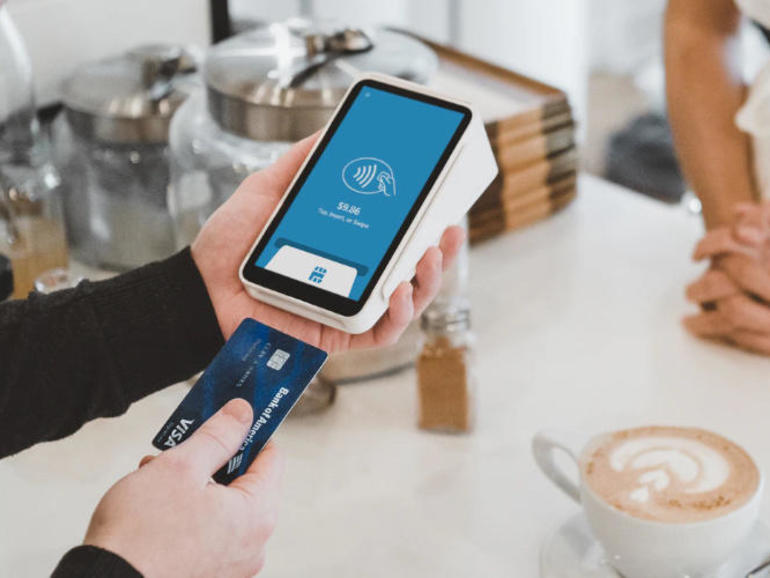The new coronavirus pandemic has prompted an increase in contactless payments in Brazil, though the method has yet to take off, according to a new study released by Visa.
According to the research, contactless payments made through cards, smartwatches and other mobile devices accounted for about 3% of all payments processed by the company between January and June 2020, compared to 1% in the same period last year.
Brazilians tend to use contactless mostly with credit cards, which account for 65% of all transactions carried out through that method, according to the study. The current limit for contactless transactions that don’t require a PIN in Brazil is currently 50 reais (US$ 9) and Visa expects that the method will gather pace once the limit is set at 100 reais (US$ 18), which should happen in due course.
The places where Brazilians used contactless payments the most during the first six months of the year were food retailers, followed by gas stations, pharmacies and bakeries. Another study by Visa, released in August, found that 78% of Brazilian consumers are using less cash, or are completely avoiding it, since the start of the pandemic.
A separate study on mobile payments published last week by news website Mobile Time and Opinion Box has found the percentage of Brazilians who have used contactless payments in the first six months of the year has grown to 33% from 23% in the same period last year. In addition, QR Codes have been used by 48% of Brazilian consumers through mobile apps.
Visa itself has been pushing an agenda to ramp up adoption of electronic payments. Prior to the pandemic, the company’s leadership said it had an ambition to make contactless as pervasive in Brazil as it is in Europe.
To that end, the strategy is to enter segments where money has been traditionally dominant, such as public transport. The company’s first major project in that segment was a rollout of contactless payments in Rio de Janeiro’s underground system in May 2019. Later that year, in September, a roll-out of the technology started in the bus network in São Paulo.


